High resolution tomographic inversion has conventionally been preceded by picking of 2nd and 4th order residual moveout of depth migrated gathers. However, this type of picking assumes that the residual moveout behaviour can adequately be characterized with a parametric fit of a simple curve to the form of moveout exhibited by the data. When we have small-scale velocity anomalies (with lateral extent a fraction of the acquisition spread length) this assumption breaks down. Unfortunately, picking the detailed non-parametric residual moveout behaviour can be very difficult, as the moveout trajectories can be obscured by residual noise (often remnant multiple), which can derail a non-parametric autopicker.
Here we demonstrate a successful implementation of non-parametric autopicking applied to two diverse data examples, and contrast the results with conventional tomographic inversion of parametrically picked moveout.
Introduction
Features with a lateral extent much shorter than the recording cable length cause highly irregular moveout behaviour on the recorded seismograms. This irregular moveout behaviour persists even after PreSDM with a smooth velocity model. If these features are only a few hundred metres wide, then it is unlikely that conventional ray-based tomography will be able to invert for them. Tomography based on non-parametric picking has a much better chance of resolving small-scale structure, as this style of picking can capture the complex moveout behaviour in the CRP gathers (Brittan and Yuan, 2005; Jones, 2010; Luo et al., 2014).
The first example considered here is from deep water offshore Sri Lanka (Stevens et al., 2014; Fruehn et al., 2014), where the sea floor is incised with deep canyons, and the sedimentary sequence below these shows clear evidence of the presence of buried paleo-canyons with significant lateral velocity variation in comparison to the surrounding sediments.
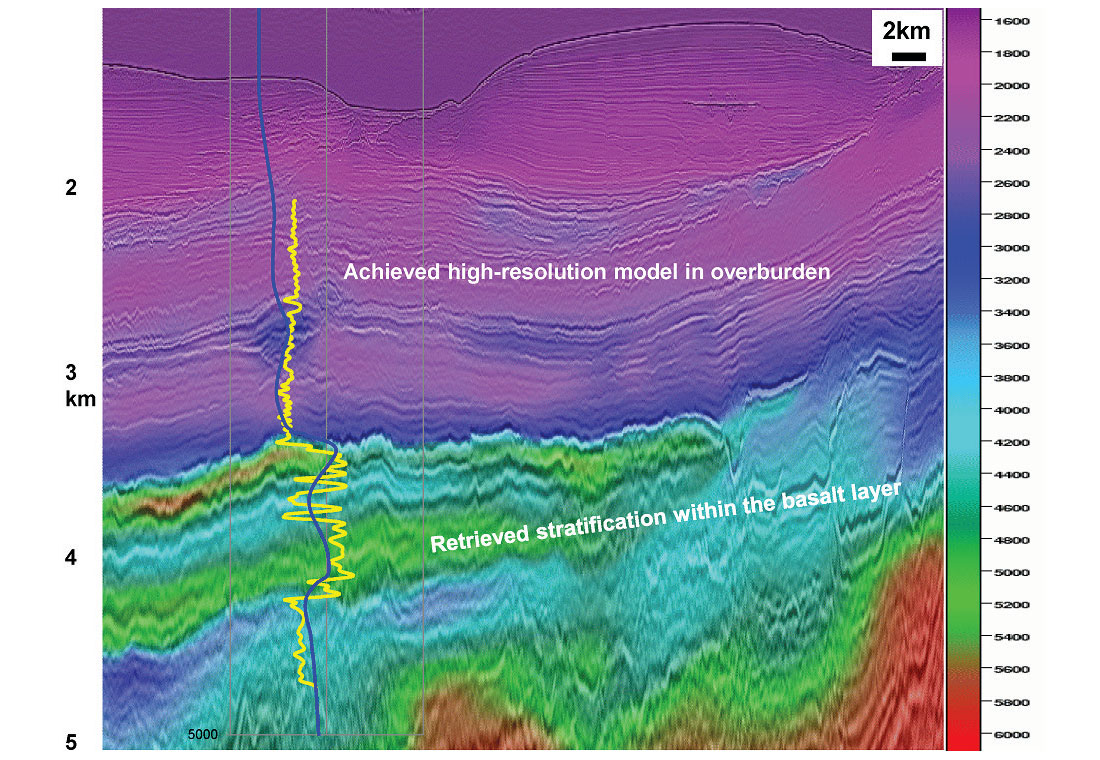
For the vast majority of the study area (perhaps 90%), parametric picking and ray-based hybrid gridded tomographic inversion worked well (Fruehn et al., 2008; Jones, 2012). High-resolution tomographic inversion was able to resolve layering within the basalt and identify trapped sediment units (of about 200m thickness) within the basal flows. Details from these results are shown in Figure 1. However, this conventional 2nd and 4th order residual moveout (RMO) picking of CRP PreSDM gathers failed to capture the short wavelength velocity variation associated with the buried canyons, thus limiting the ability of subsequent ray-based tomographic inversion to resolve the required level of complexity.
Failure of conventional parametric picking
Although the parametric approach worked well for the vast majority of the study area, in the paleo-canyon region, even after several iterations of parametric picking, the tomography was still unable to resolve rapid lateral velocity variations caused by the buried paleo-canyons. Figure 2 contrasts the conventional with the non-parametric results by comparing the remaining residual moveout error (as characterized by a 2nd order analysis for both cases, so as to facilitate direct comparison).
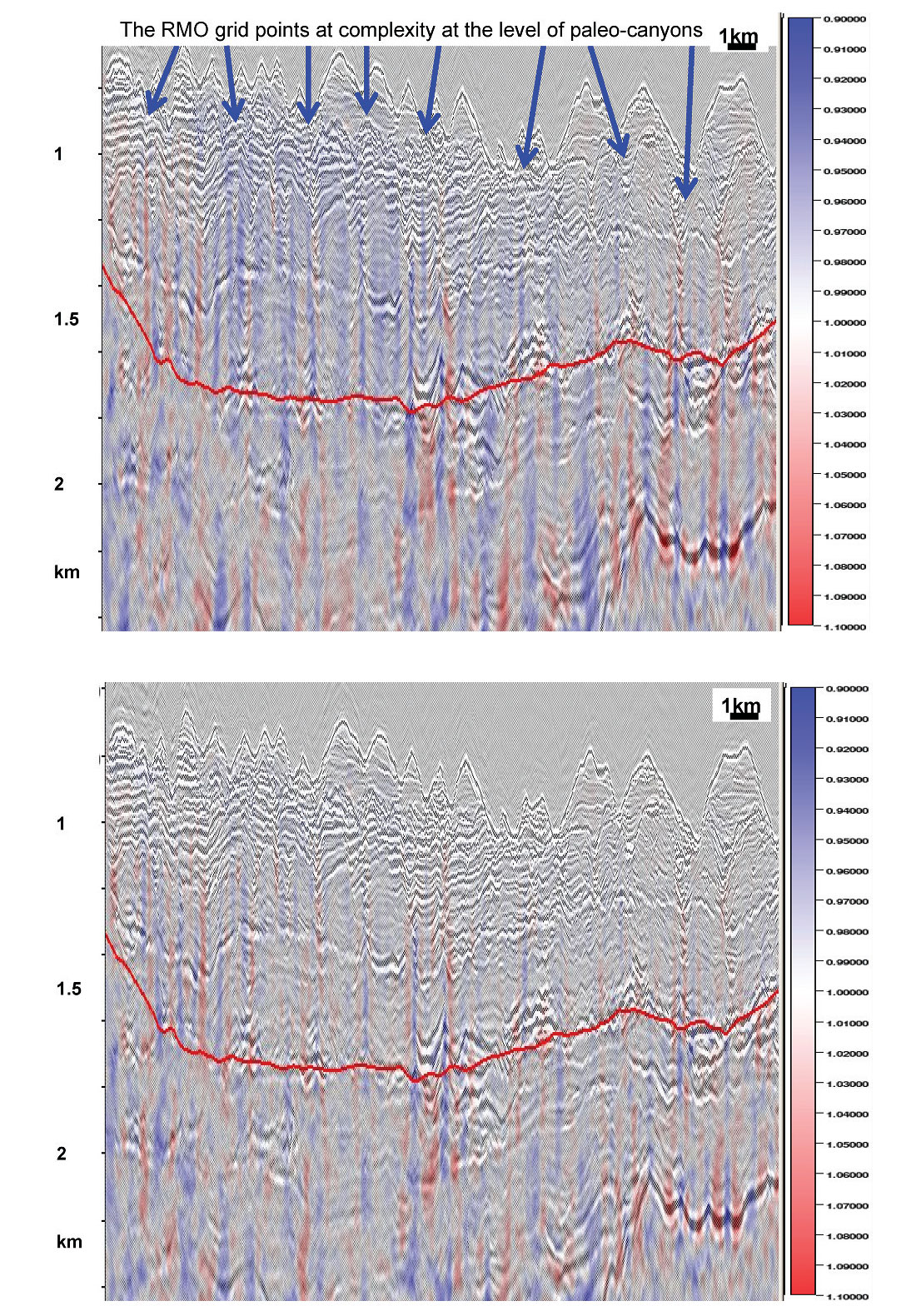
The CRP gathers from 3D anisotropic Kirchhoff PreSDM from the two approaches are shown in Figure 3. Overall, the CRP gather flatness is significantly improved for the deeper major reflectors by employing non- parametric picking. Gathers after conventional parametric update show sinuous RMO behaviour typical of unresolved overburden short-wavelength lateral velocity anomalies. Following non-parametric update, to a large extent the sinuosity is removed, resulting in simpler RMO behaviour. Figure 4 shows the final Kirchhoff 3D PreSDM image in the zone below the paleo-canyon complexity after several iterations of parametric picking as compared to the corresponding image after four iterations of non-parametric (generalized) moveout picking. Overall the image is significantly improved for all deeper major reflectors.
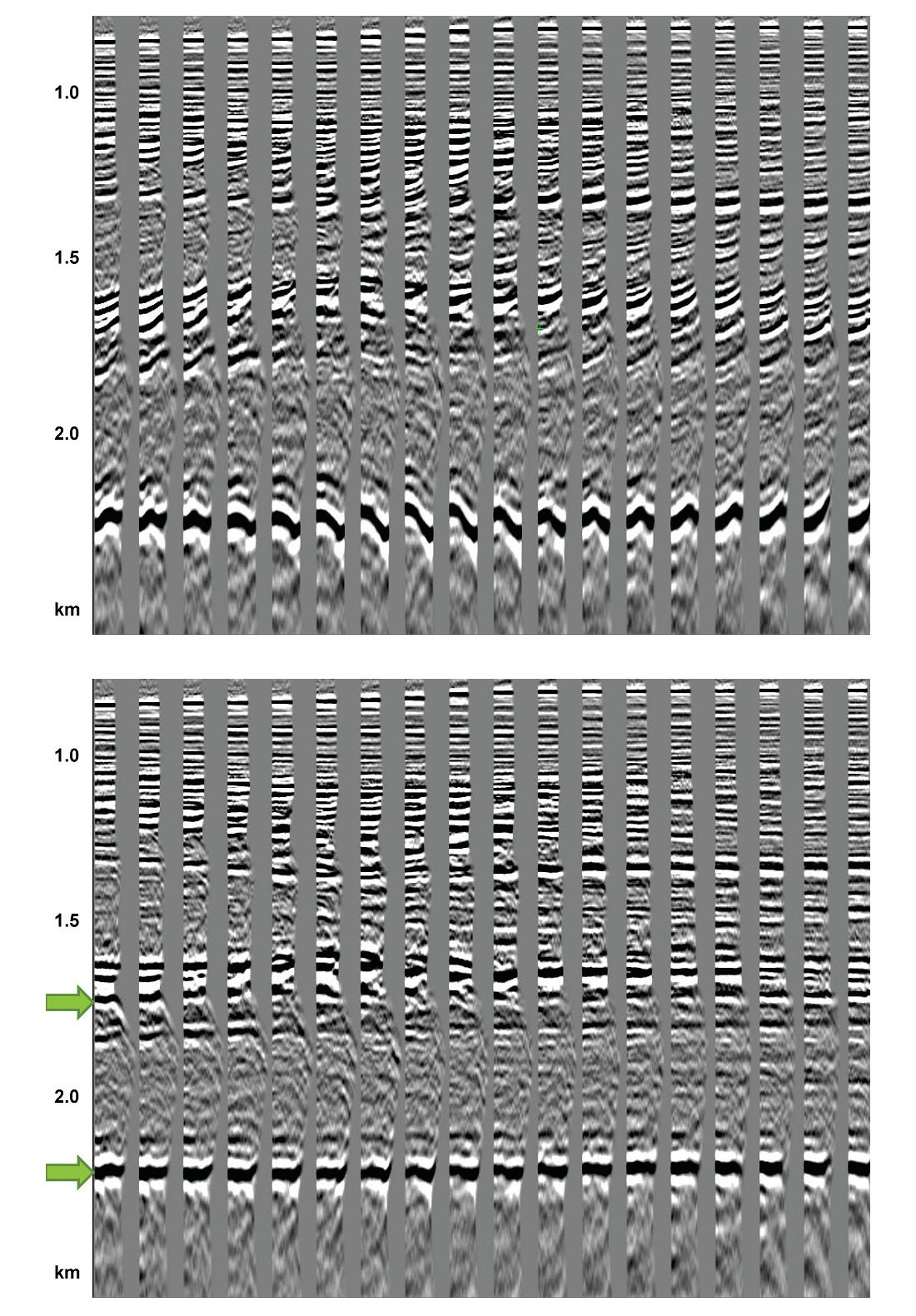

The second example presented here is from shallow water offshore Netherlands (Greenwood et al., 2014). The study area is located in the M-quadrant of the Dutch continental shelf, and displays complex sediment deformation in the Tertiary overburden with respect to the deeper Jurassic and Triassic target levels. Within the Tertiary, at about 800m depth (Figure 5), there is a thin (80m thick) low velocity (waterlogged) layer which in places has been deformed into long, narrow, sub-parallel blocks, resembling a submarine slide complex (Figure 6). The velocity effect is pronounced, and as a result, the resolution and amplitude character of the deeper target levels are seriously degraded on conventionally processed PreSDM data. As these features are small (~100m), both a conventional parametric autopicker and a ray-based inversion scheme struggle to obtain meaningful results. Conventional 2nd order parametric picking yields the RMO velocity imprint shown in Figure 7.
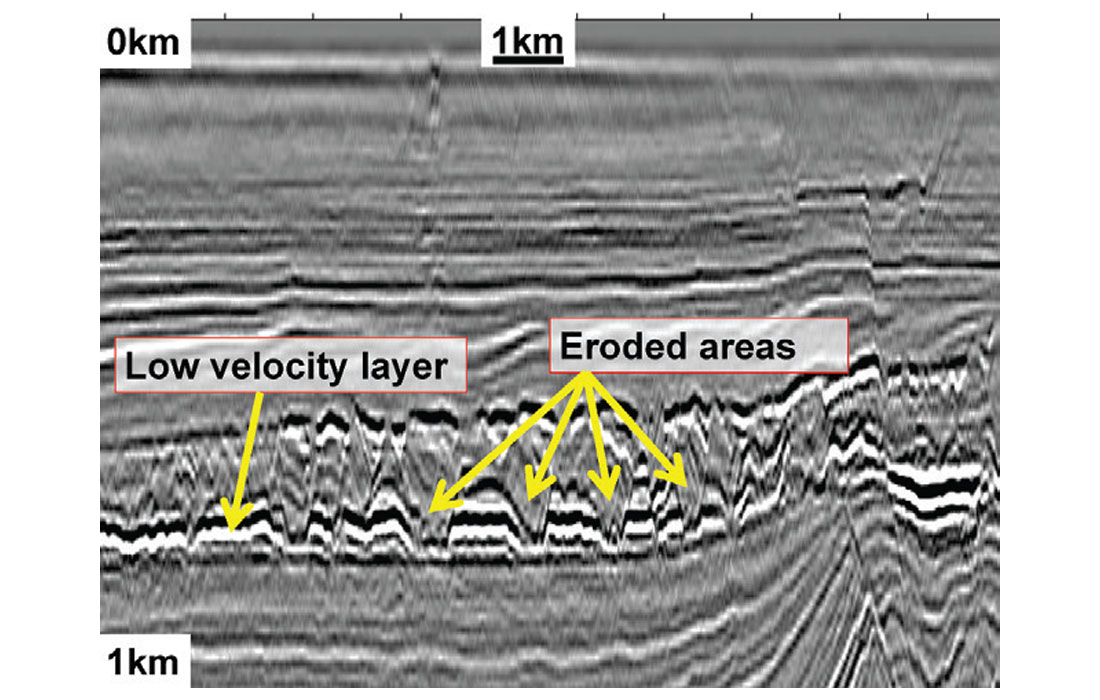
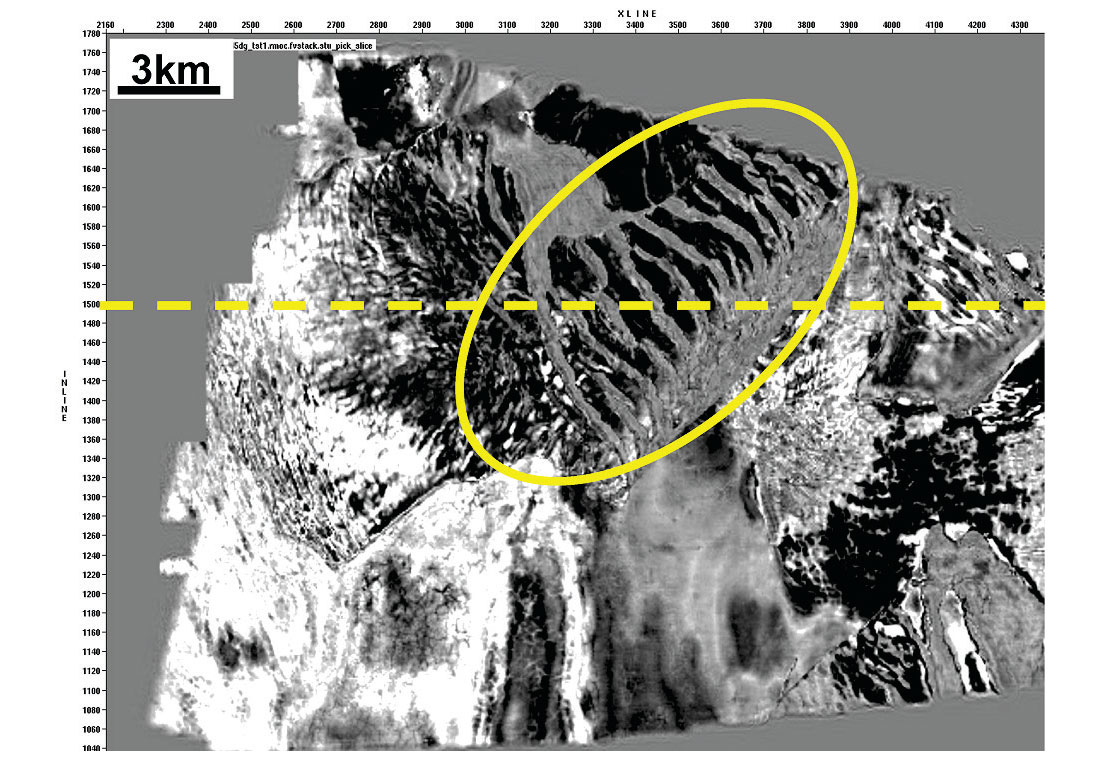
In this case, the starting point for the non-parametric picking is a set of gathers migrated with the final results from parametric picking. The difference between 2nd order fitting and non-parametric picking for this set of gathers is displayed in Figure 8. The overlaid red lines indicate the auto-picked RMO trajectories determined by the two methods, clearly indicating how inappropriate the 2nd order fitting is to the irregular shape of the events in the CRP gathers.
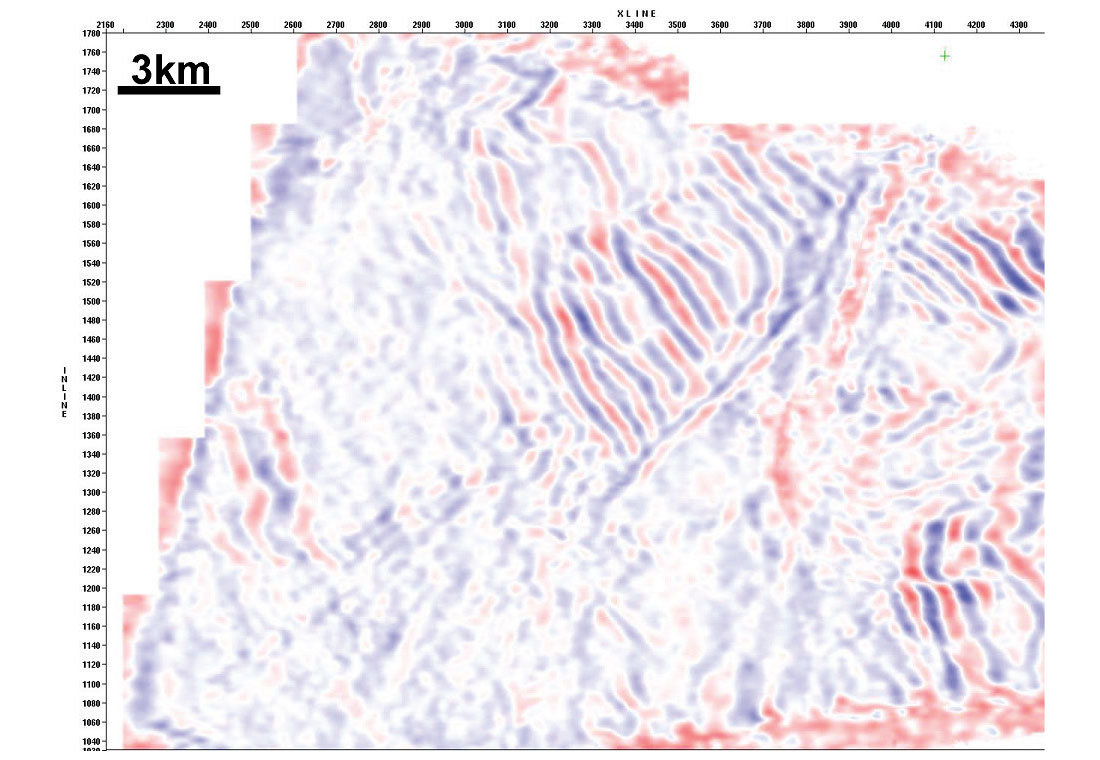
The inversion cell, weighting and smoothing constraints within the non-parametric tomography have been carefully optimized to capture the short wavelength of the velocity variations. We were able to reduce the cell- size to 100×100×10m and converge within 100 internal tomographic iterations. Below the low velocity layer, a small amount of structural smoothing was applied after tomography to eliminate some variations that did not conform to the underlying structure. Figure 9 compares the CRP gathers from the parametric and non-parametric approaches. The non-parametric pick tomography update shows short-wavelength variations that correlate very well with the imaged structures at all levels, but particularly at the low velocity layer. Here we see that the water-logged layer is now imbedded into a higher velocity sand that was deposited after the erosion of the low velocity layer. This enhances the lateral velocity contrast sufficiently to absorb the RMO at deeper levels almost entirely.
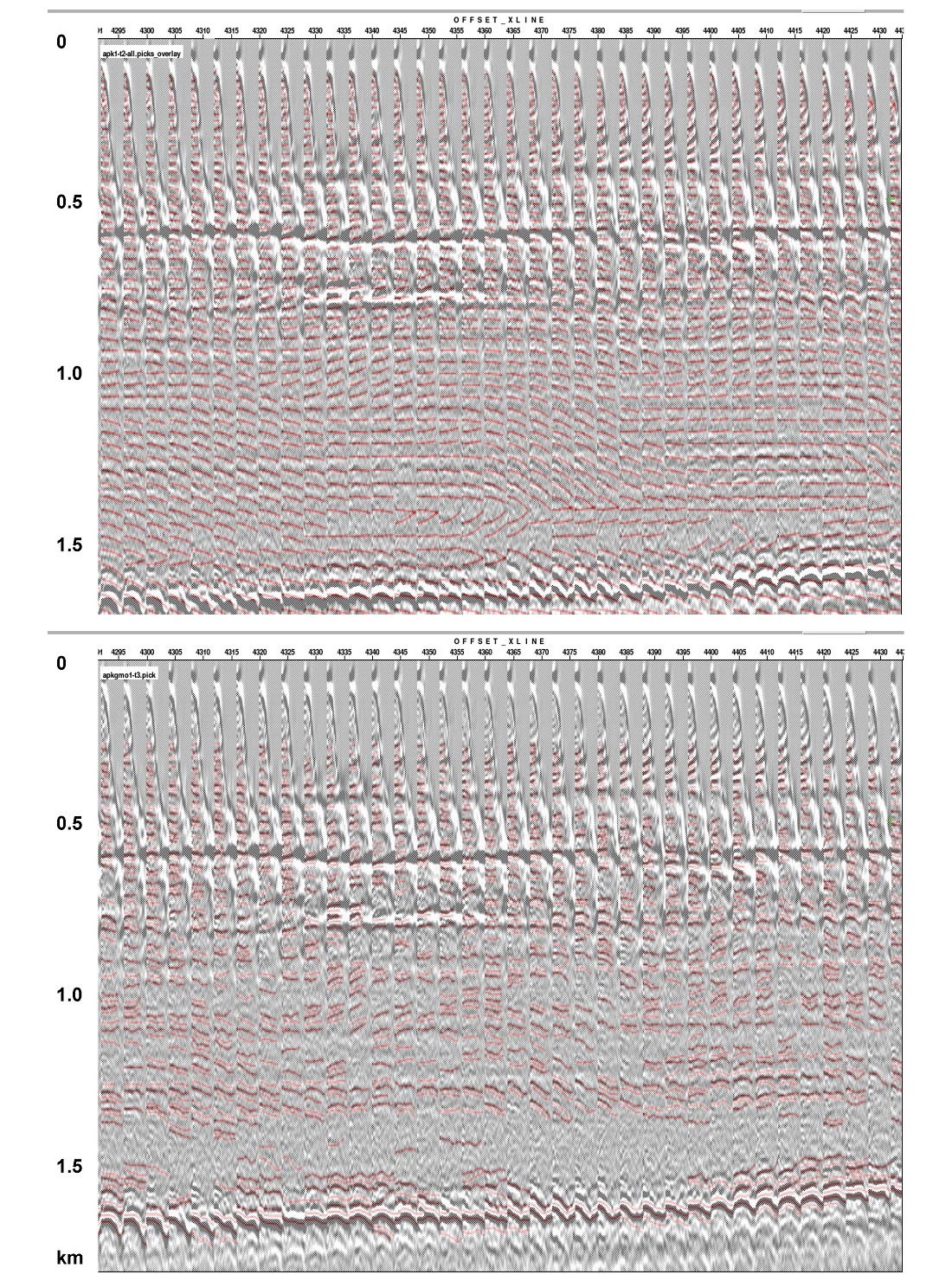
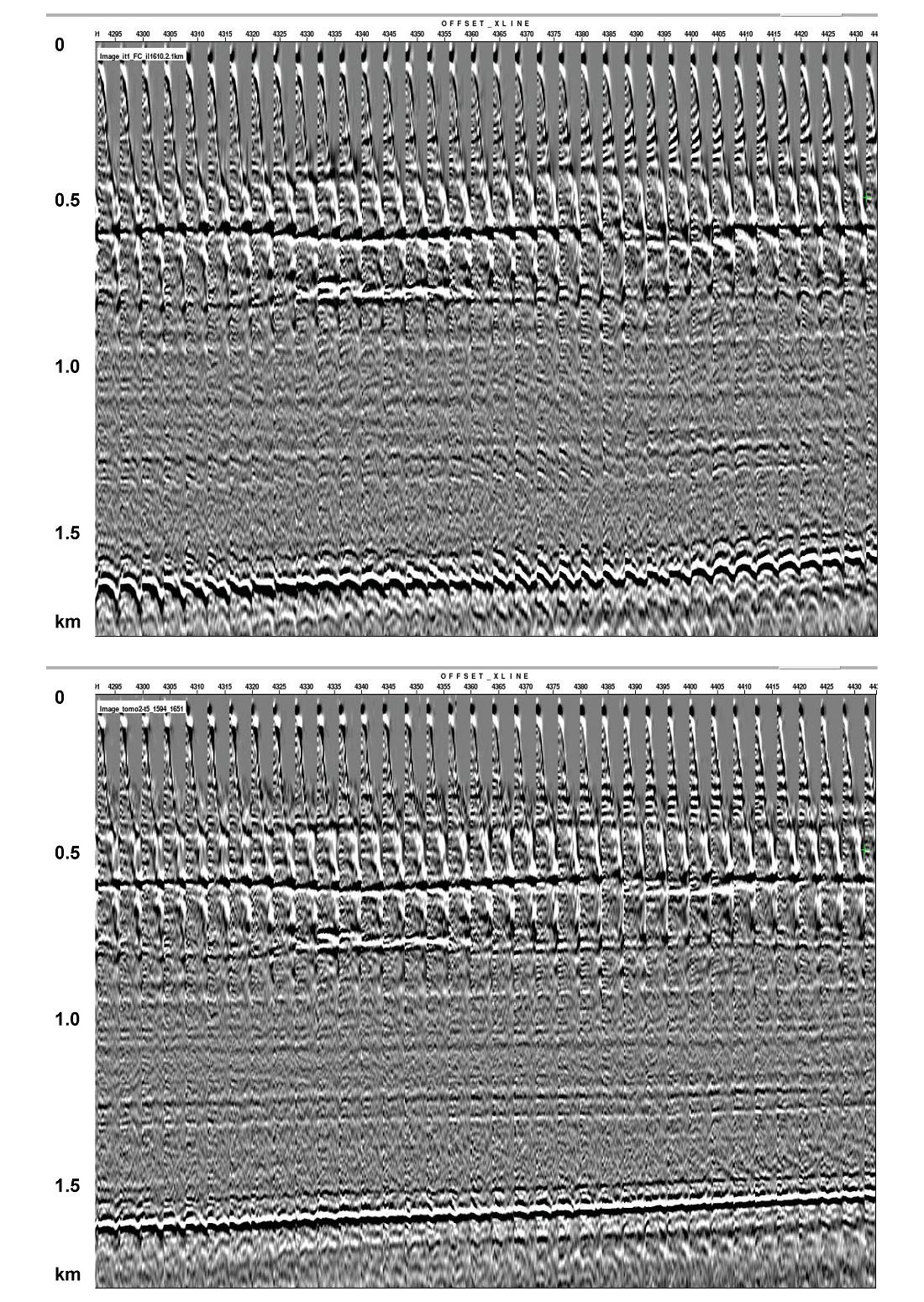
Figure 10 compares the final migrations with colour velocity overlay for the two approaches. Subtle but important improvements are evident throughout the image produced using non-parametric picking.
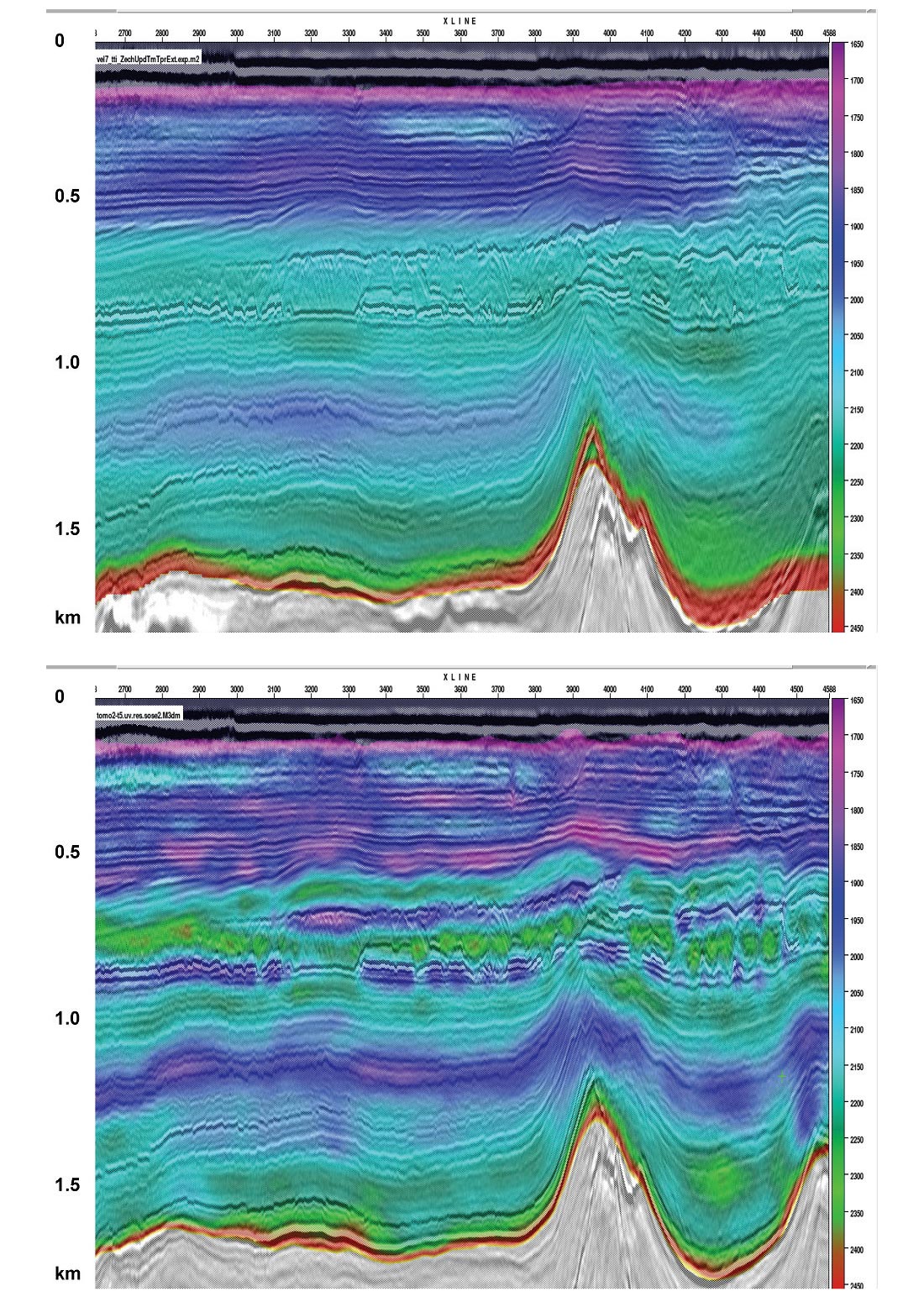
Conclusions
Anisotropic velocity model building based on parametric 2nd and 4th order RMO picking of CRP gathers will fail to resolve velocity complexity when the scale length of the velocity anomaly is small compared to the cable length of the acquisition. Recent advances in non-parametric picking algorithms have enabled us to successfully resolve additional complexity in the velocity structure using ray-based tomographic inversion of the non-parametric picks.

Acknowledgements
We thank the Sri Lanka Petroleum Resources Development Secretariat and Cairn India for permission to show the first case study, and Oranje-Nassau Energie EBN for the second study, and also to ION Geophysical for permission to present this work and to Ian Jones for help in preparing the material.




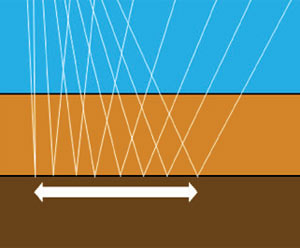
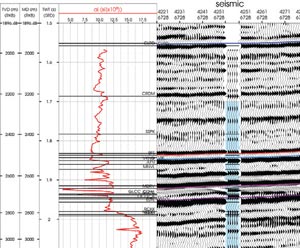
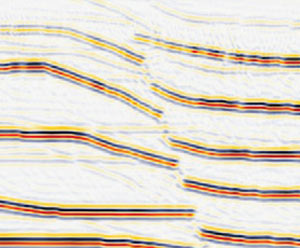
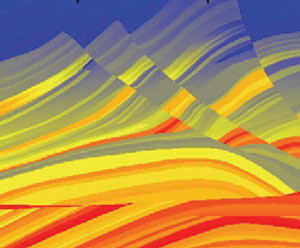






Join the Conversation
Interested in starting, or contributing to a conversation about an article or issue of the RECORDER? Join our CSEG LinkedIn Group.
Share This Article